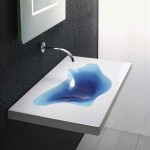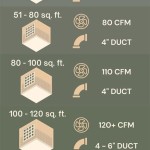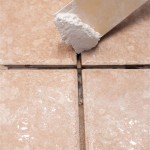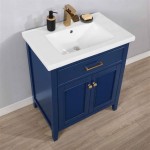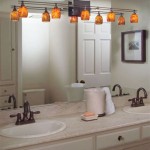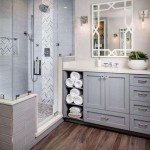Can I Have a Bathroom in My Basement? Essential Aspects to Consider
The presence of a bathroom in the basement adds convenience, value, and functionality to the space. However, installing a bathroom in the basement presents unique challenges and requires careful planning. Consideration of essential aspects is crucial to ensure the success of the project.
Plumbing Feasibility: Verify if the basement has existing plumbing or if new plumbing lines need to be installed. Access to water supply and drainage is essential for a functional bathroom.
Space and Layout: Determine if the basement has enough space to accommodate a bathroom and layout the fixtures efficiently. Consider the flow of movement and ensure adequate space around the toilet, sink, and shower.
Waterproof and Damp-Proofing: Basements are prone to moisture accumulation. Waterproofing and damp-proofing measures, such as waterproofing membranes, vapor barriers, and proper sealing, are essential to prevent water damage and mold growth.
Ventilation and Airflow: Bathrooms generate moisture and odors. Adequate ventilation is crucial to maintain air quality and prevent musty smells. Install an exhaust fan or window to promote airflow.
Lighting: Ensure sufficient lighting in the bathroom to create a comfortable and safe environment. Natural light is preferable, but ample artificial lighting is also necessary.
Building Codes and Permits: Comply with local building codes and regulations. Obtain necessary permits and inspections to ensure the bathroom meets safety and construction standards.
Drainage and Slope: Proper drainage and slope are essential to prevent water accumulation in the shower. Install the shower floor with a slight slope towards the drain to ensure water flows correctly.
Electrical Wiring: Ensure that the bathroom has sufficient electrical power for lighting, outlets, and any appliances or fixtures. Hire a licensed electrician to perform the electrical work safely and according to code.
Flooring and Materials: Choose moisture-resistant flooring materials such as tile or vinyl. Use mold-resistant materials for fixtures and countertops to prevent moisture damage.
Customization: Customize the bathroom to suit your needs and aesthetic preferences. Consider adding storage, accessories, and decorative elements to create a functional and stylish space.
By carefully considering these essential aspects, you can create a functional and enjoyable bathroom in your basement. The planning and preparation will ensure that the bathroom meets your needs and adds value to your home.

How To Add A Bathroom In Basement Without Breaking Concrete

How To Diy Bathroom In Basement Without Breaking Concrete

Basement Bathrooms Things To Consider Home Construction Improvement

Working Basement Bathroom And Our Very Odd Hot Water Problems

Diy Basement Bathroom

Basement Bathroom Plumbing Planning For A Below Grade Lavatory

Affordable Basement Bathroom Ideas Design On A Budget

What The Heck Is A Pittsburgh Potty And Why It In Basement

Basement Bathroom Design Plan The Diy Playbook

Affordable Basement Bathroom Ideas Design On A Budget
